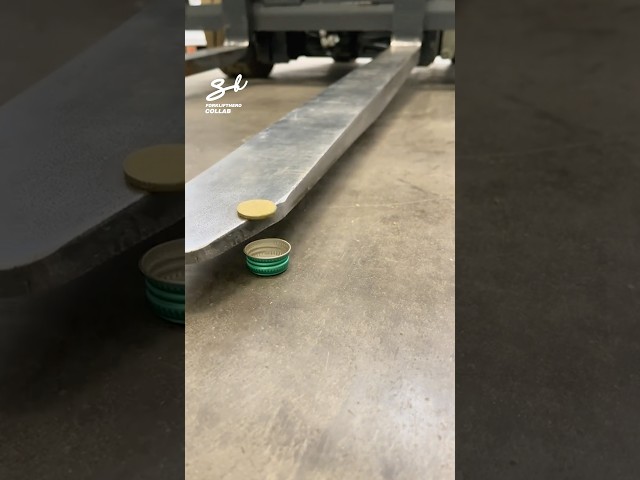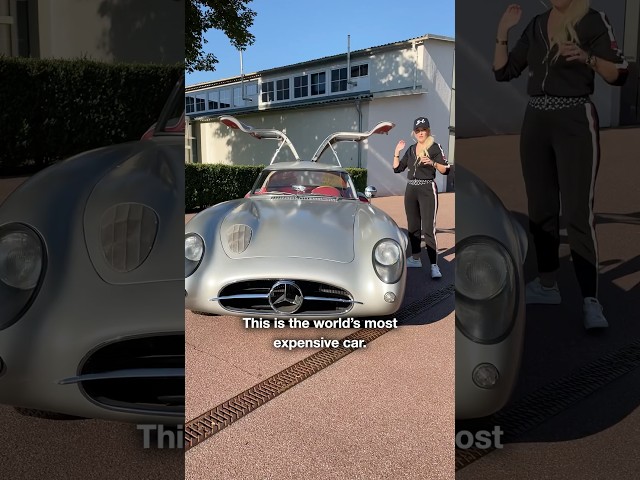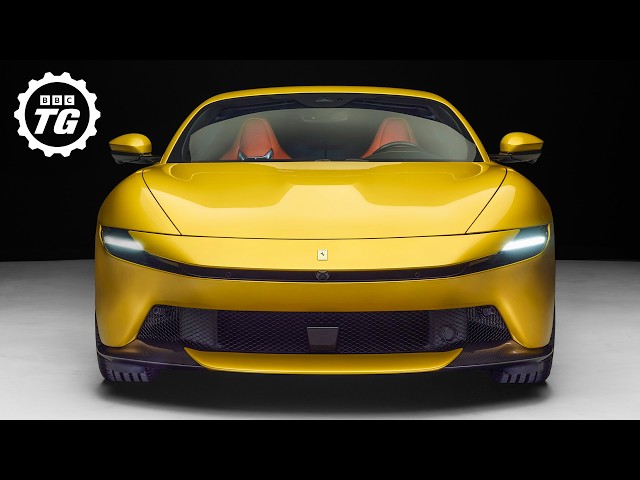In a bold move to redefine manufacturing norms, Toyota has introduced a high-performance SUV concept incorporating cutting-edge 3D-printed components. Alongside these innovative materials, the concept also utilizes Tafnex, a carbon fiber-reinforced polypropylene resin. The high-performance concept, based on Toyota’s Fortuner model, is being developed by Toyota Customizing & Development (TCD) in Asia.
Advanced Materials for a Future-Ready SUV
Toyota’s new SUV concept features Tafnex to embellish parts of the front bumper and ventilation openings on the hood, while 3D-printed components are used for the frame of these openings. This approach not only enhances the vehicle’s aesthetic appeal but also contributes to a significant reduction in overall weight.
Japanese companies Mitsui Chemicals and ARRK Corporation played crucial roles in developing the innovative products used in this concept. These advancements allowed TCD to create the Hyper-F Concept, which boasts a lighter structure and impressive performance characteristics. The interior of the Hyper-F Concept is equipped with four sports seats, emphasizing its sporty and dynamic nature.
Collaboration and Innovation
The Toyota Hyper-F is designed to offer exceptional handling and aerodynamics, leveraging the motorsport expertise of TCD Asia. In partnership with Toyota’s Customizing & Development division, TCD manufactures parts for various Toyota models, primarily serving customers in East Asian markets.
To bring this ambitious project to life, TCD Asia collaborated with Mitsui Chemicals and its partners to explore advanced materials. In 2020, Mitsui Chemicals formed a business partnership with Dreams Design Corporation, and in 2023, expanded its investment to include ExtraBold Inc., a leading 3D printer manufacturer. This collaboration resulted in groundbreaking 3D-printed components for the concept, merging Dream Design’s automotive part technology, ExtraBold’s rapid EXF-12 3D printer, ARRK’s comprehensive 3D printing and post-processing capabilities, and Mitsui Chemicals’ composites.
Cutting-Edge 3D Printing Technology
The EXF-12 3D printer uses plastic pellets to form structures and quickly produce large parts. Mitsui’s mold-free technique reduces development time and initial investment costs, making it ideal for producing a diverse range of small quantities. This technology promotes a circular economy by enabling the recycling of 3D printers, underscoring its potential for sustainable manufacturing.
The Versatility of Tafnex
Tafnex, a unidirectional tape made from carbon fiber and polypropylene (PP) composites using Mitsui Chemicals’ technologies, is another cornerstone of the Hyper-F Concept. This lightweight and rigid material can be molded for various applications, including the production of automobiles, drones, and more. Additionally, Tafnex is suitable for reinforcing parts shaped into tubes and laminated sheets, offering versatility and durability.
Conclusion
Toyota’s Hyper-F Concept is a testament to the company’s commitment to innovation and sustainability in automotive manufacturing. By integrating advanced materials and leveraging the latest 3D printing technologies, Toyota is paving the way for the future of high-performance vehicles. As TCD Asia continues to push the boundaries of what’s possible, the Hyper-F Concept represents a promising glimpse into the next generation of automotive design and engineering.









